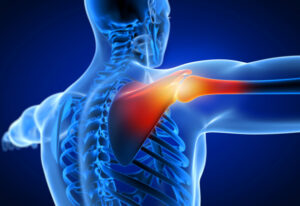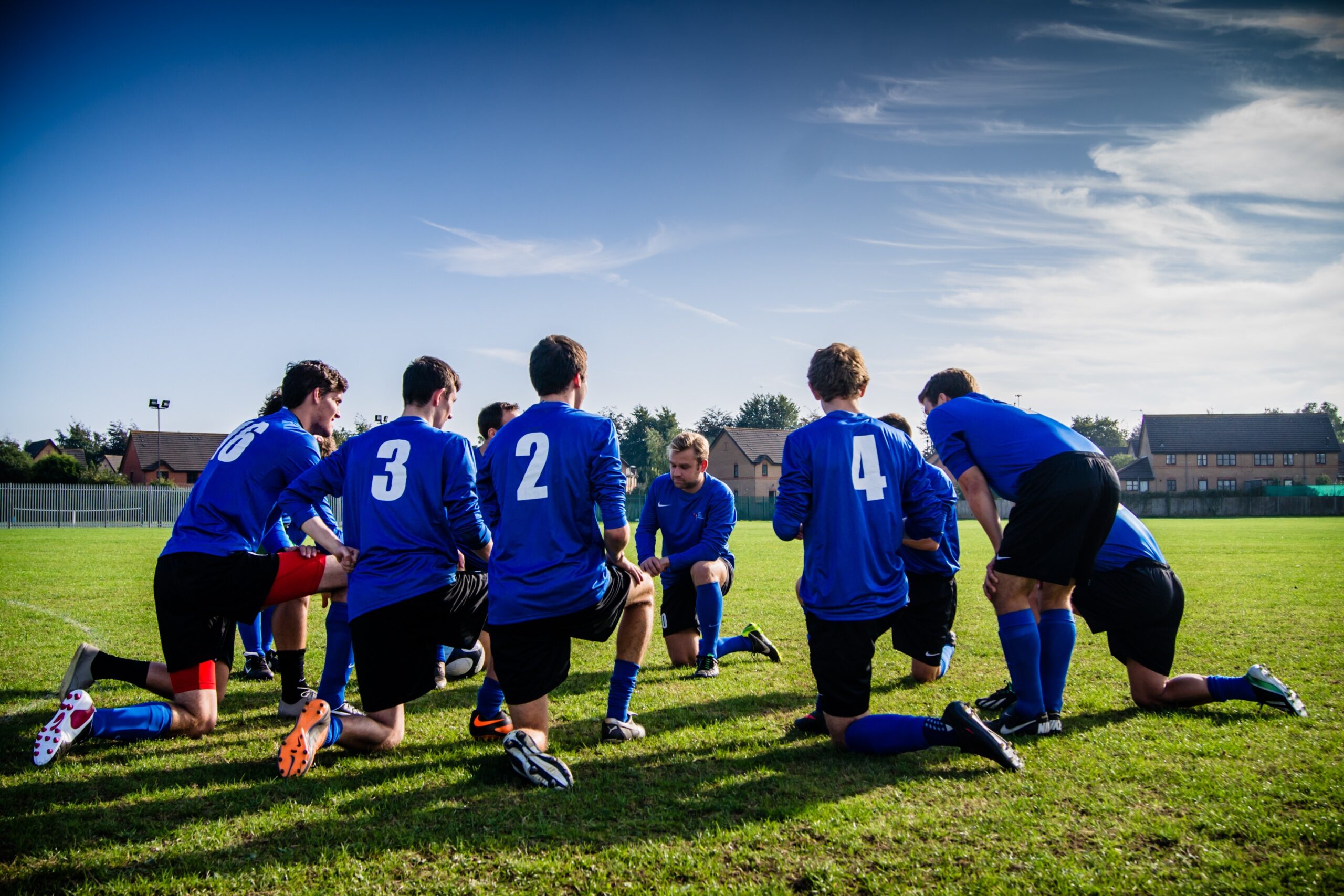Have you ever landed on the tip of your shoulder and had ongoing pain? Chances are that the pain is coming from the acromioclavicular joint.
The shoulder joint is the point of connection between the clavicle, acromion and scapula. The tip of the scapula and the tip of the clavicle meet to create the acromioclavicular joint.
Role of the ACJ
It plays an important role in allowing overhead movements and maintaining strength during pushing/pulling/lifting.
Anatomy
The ACJ is held together by a series of ligaments, the acromioclavicular, coracoacromial and coracoclavicular. When these ligaments are damaged this can lead to instability between the acromion and clavicle.
Injury to the ACJ
- Occurs by falling onto the tip of the shoulder or onto an outstretched hand, usually in contact sports such as rugby
- Can cause a ‘step deformity’ where there is a visible lift in the clavicle bone. This is also known as ‘shoulder separation’ (nothing to do with shoulder dislocation)
- The degree of injury is graded according to the amount of damage to the ligaments and bones. The most common grades are:
- Grade 1: mild sprain of some ligaments, no visible deformity
- Grade 2: moderate to severe damage to ligaments, small step deformity visible
- Grade 3: rupture of ligaments and damage to associated muscles
What to look for
- Usually after a traumatic fall which results in immediate shoulder pain and weakness
- Pain on the tip of the shoulder joint
- Worse with lifting overhead, bringing your arm across your body or weight bearing through your arms
- Visible swelling and occasionally bruising over the tip of the shoulder
- Can have a ‘step deformity’ where the clavicle is raised

Treatment
Immediate management is rest, ice, compression and elevation. If the pain lasts for more than a few days, it is important to get in and see your physiotherapist as soon as possible. Immediate management will be stabilising the ACJ (usually through taping or a brace), low-level intensity strengthening exercises, massage therapy, joint mobilisations, short term changes to lifestyle and referral for an x-ray if required. Surgery is usually not necessary however in severe cases can be required.
Once you have completed your rehabilitation your physiotherapist can show you several techniques to help you return to sport and prevent ongoing issues.
Call 9901 4000 to make an appointment and we can get you back on track!

